G Suite SAML integration
Multi-factor authentication (MFA) is an extra layer of security used when logging into websites or apps to authenticate users through more than one required security and validation procedure that only they know or have access to. Security Assertion Markup Language (SAML) is a protocol for authenticating to web applications. SAML allows federated apps and organizations to communicate and trust one another’s users.
Acceptto™, as a SAML provider, improves the user login experience for G Suite users with convenient MFA, and offers a simple SAML solution for adding MFA and single sign-on (SSO) to G Suite.
Prerequisites
An Acceptto account with a configured Identity Provider and LDAP Agent.
For more information, see the LDAP Agent deployment guide.
A G Suite user account with administrative access.
A user with administrative privileges for the Acceptto Cloud dashboard.
Acceptto SAML Configuration as Identity Provider (IdP)
Login to the Acceptto Dashboard with an administrative account and go to Applications.
Create a new application by selecting the Create New Application.
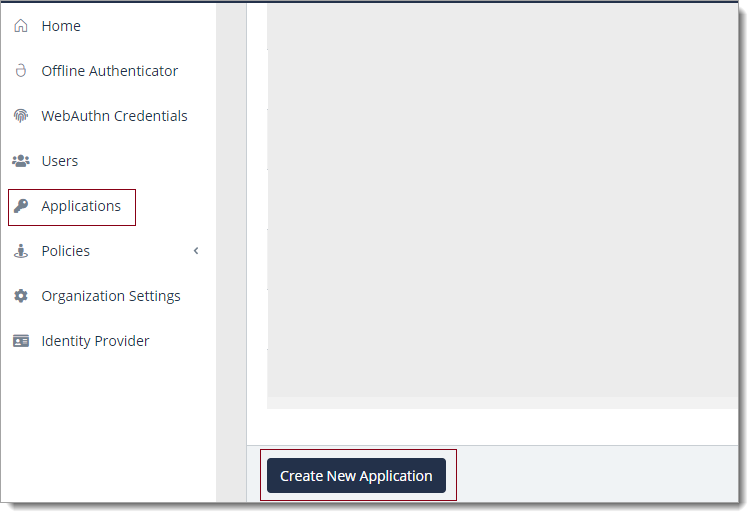
In the New Application form, enter the following values under the General tab.
Name - The application name displayed in the admin panel and application portal used for push notifications and audit logs. (e.g. G Suite)
Type - Select "SAML Service Provider" from the options
Out of Band Methods - Select the allowed methods for approving MFA requests
Message for MFA Requests - Enter the user-facing message for Push, SMS, and email MFA requests (optional)
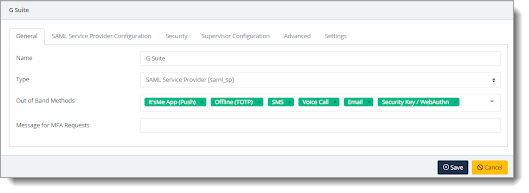
Under the SAML Service Provider Configuration tab, enter the following values:
Issuer or Entity ID– The Issuer/EntityID of your G Suite instance (e.g.
https://www.google.com/a/YOUR-DOMAIN).Sign in URL - The link used by your users to access the G Suite apps (e.g.
https://www.google.com/a/YOUR-DOMAIN).Metadata URL - The URL containing metadata about your G Suite instance (e.g.
https://www.google.com/a/YOUR-DOMAIN/metadata)
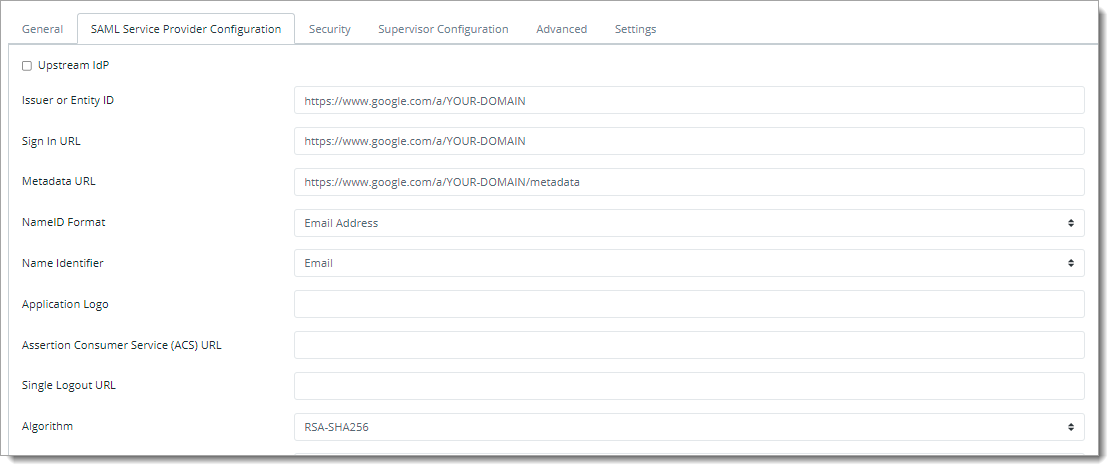
Click Save.
Configure ‘G Suite™’ as a Service Provider
Download the SAML metadata and certificate for your organization from Acceptto.
Metadata Download at
https://sso.acceptto.com/<myorganization>/saml/download/metadataor view athttps://sso.acceptto.com/<myorganization>/saml/metadataCertificate Download at
https://sso.acceptto.com/<myorganization>/saml/download/certLogin to your GSuite admin console.
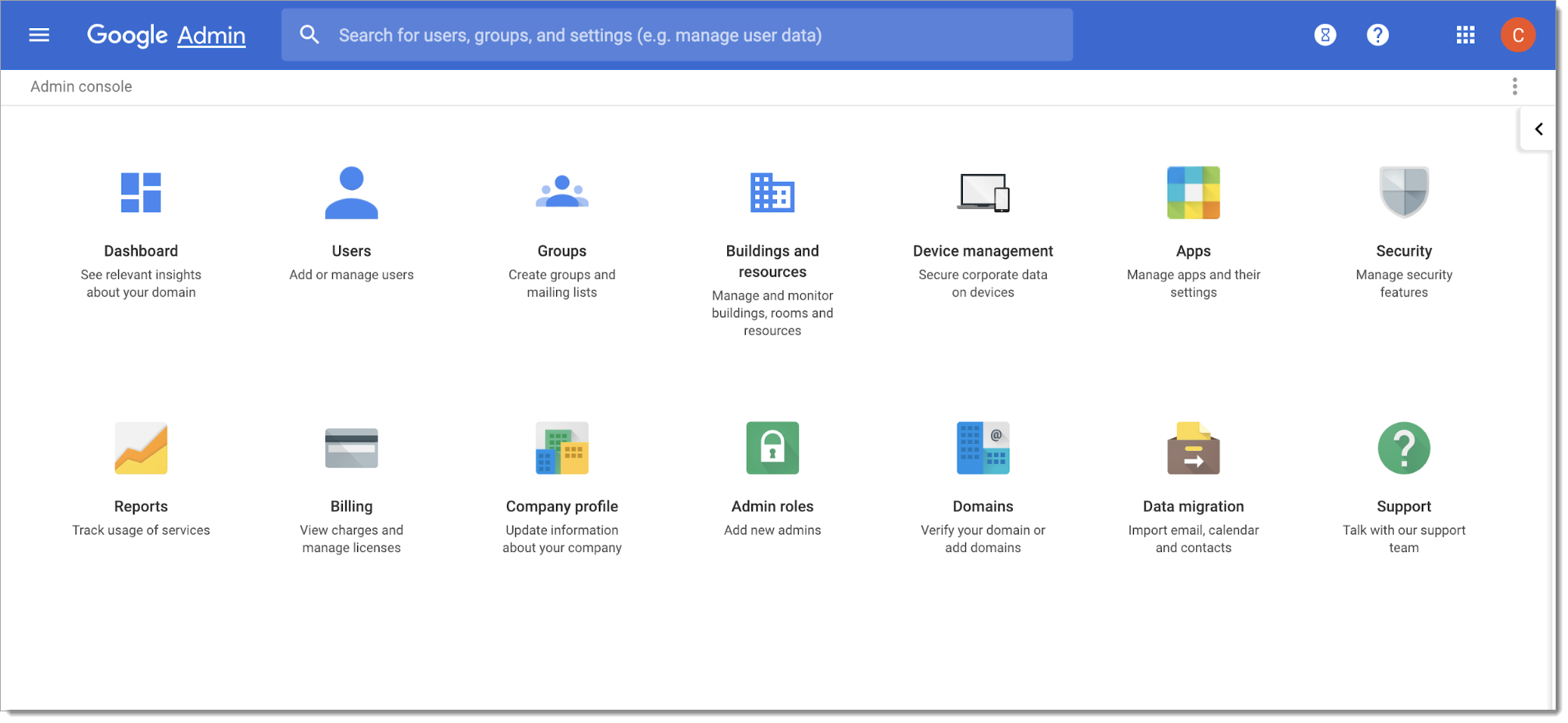
Select Security and click on Set up single sign-on (SSO).
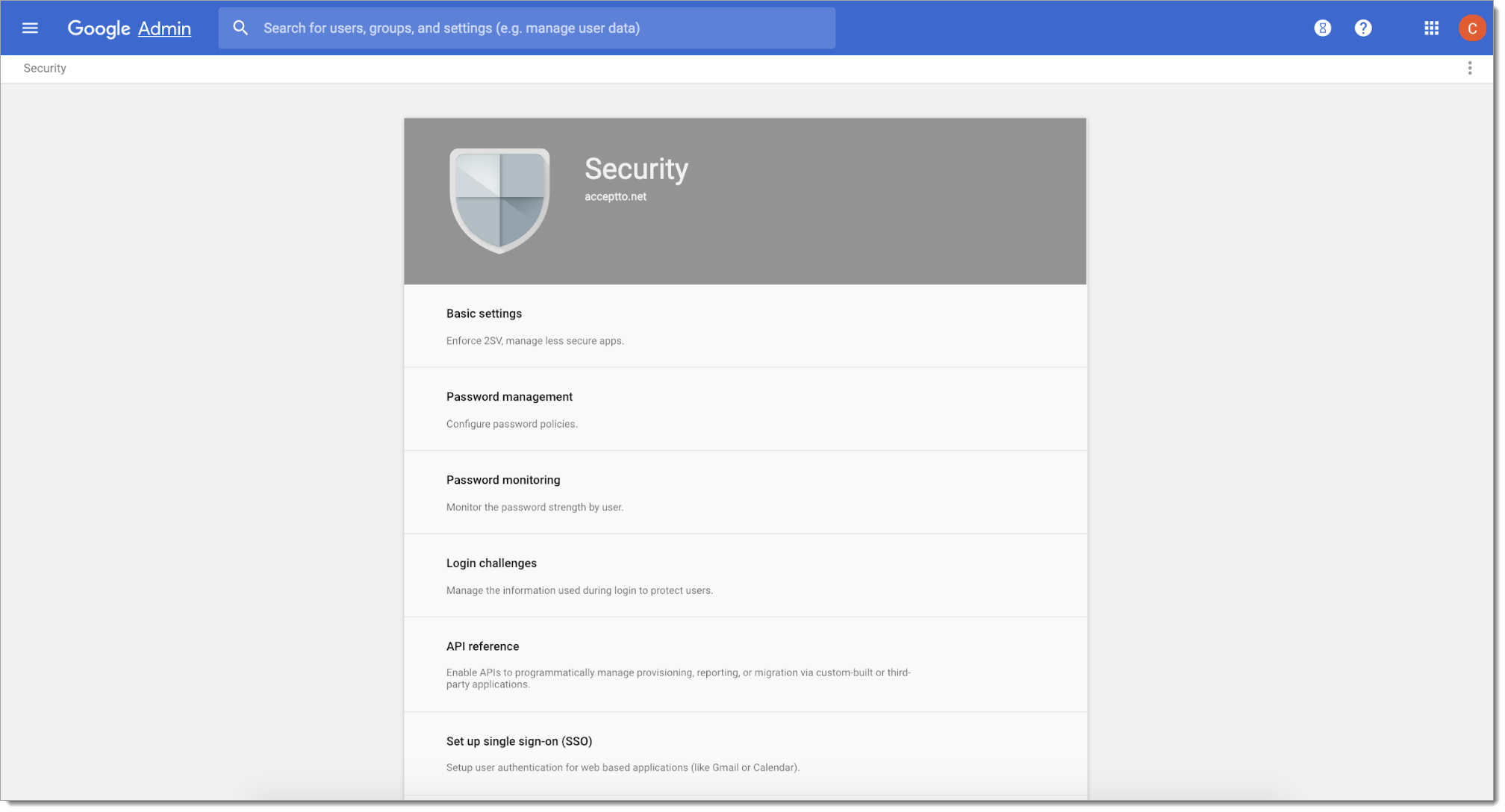
Select Setup SSO with a third party identity provider and fill the fields with the information you got earlier.
Sign-in page URL - for example,
https://sso.acceptto.com/”your organization”/saml/authSign-out page URL - for example,
https://sso.acceptto.com/”your organization”/saml/logoutVerification certificate - click add file, and select the certificate file received earlier from the
https://sso.acceptto.com/”your organization”/saml/download/cert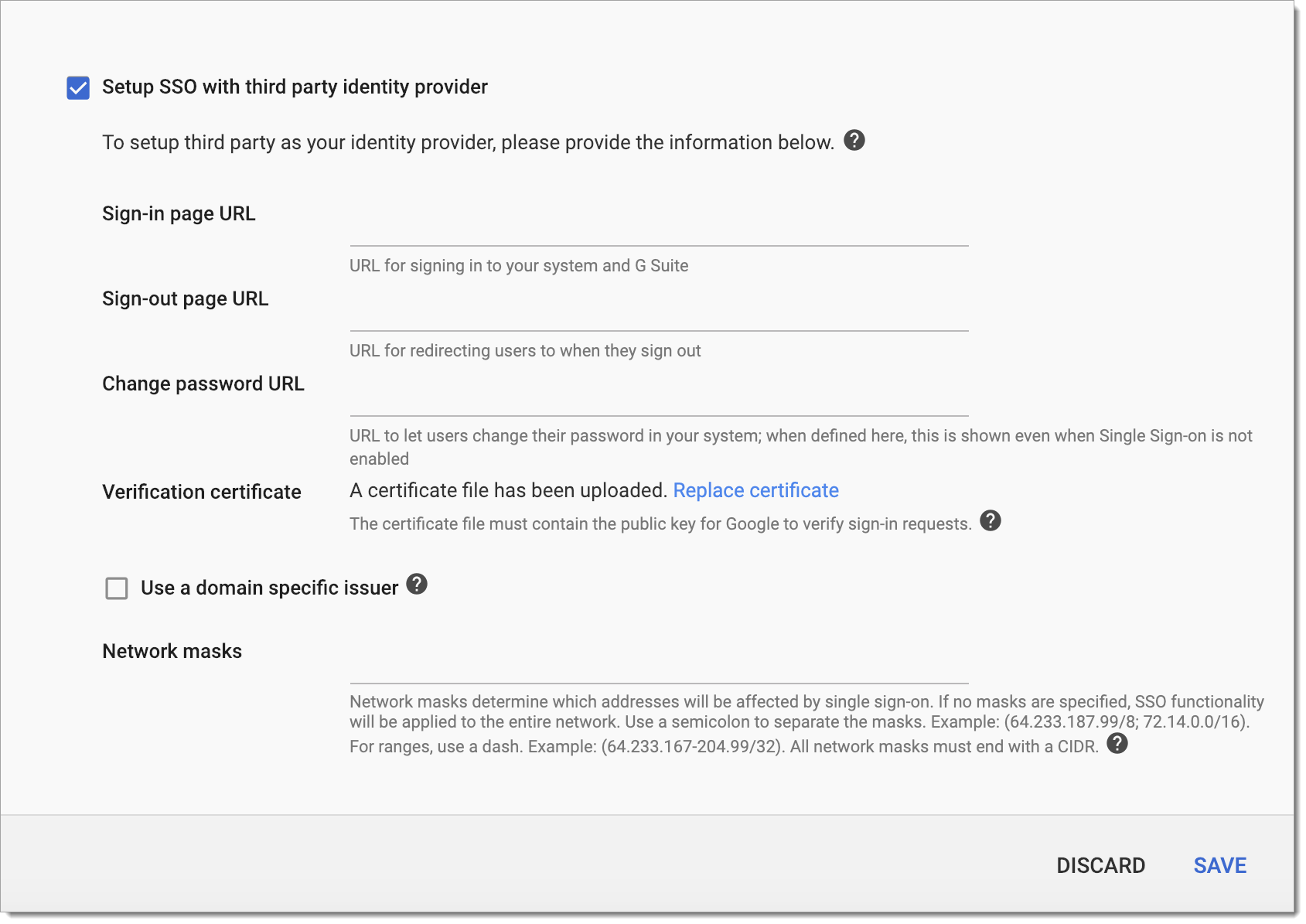
Select Save.
Test your application integration
Go to your Google App link. You will be redirected to the Acceptto SAML page.
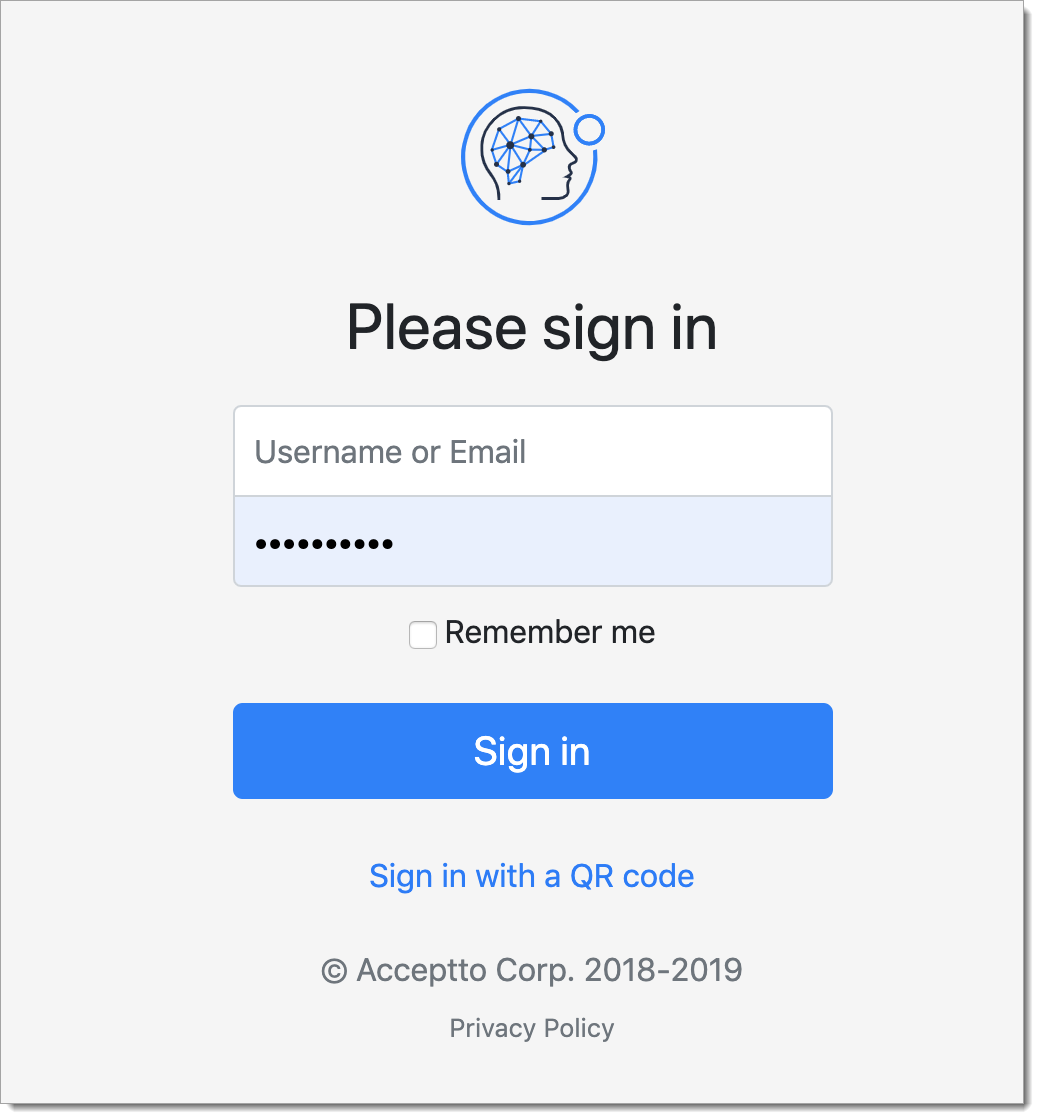
After successful authentication, the Acceptto MFA options will appear. Select your desired method. Then, pass the authentication request on the It’sMe mobile app.
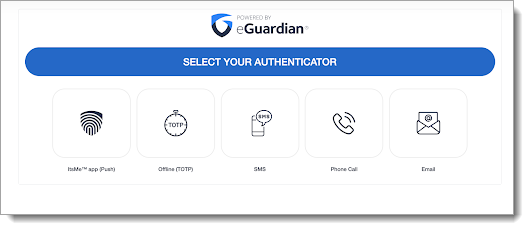
Finally, you will be redirected to your Google app landing page.
Support
If you have questions or need assistance, contact SecureAuth Support.
Sales
Want to learn more about our MFA solutions? Contact our Professional Services for a demo today.
Disclaimer
All product names, trademarks, and registered trademarks are the property of their respective owners.
All company, product, and service names used in this document are for identification purposes only. The use of these names, trademarks, and brands do not constitute an endorsement by the SecureAuth Corporation.